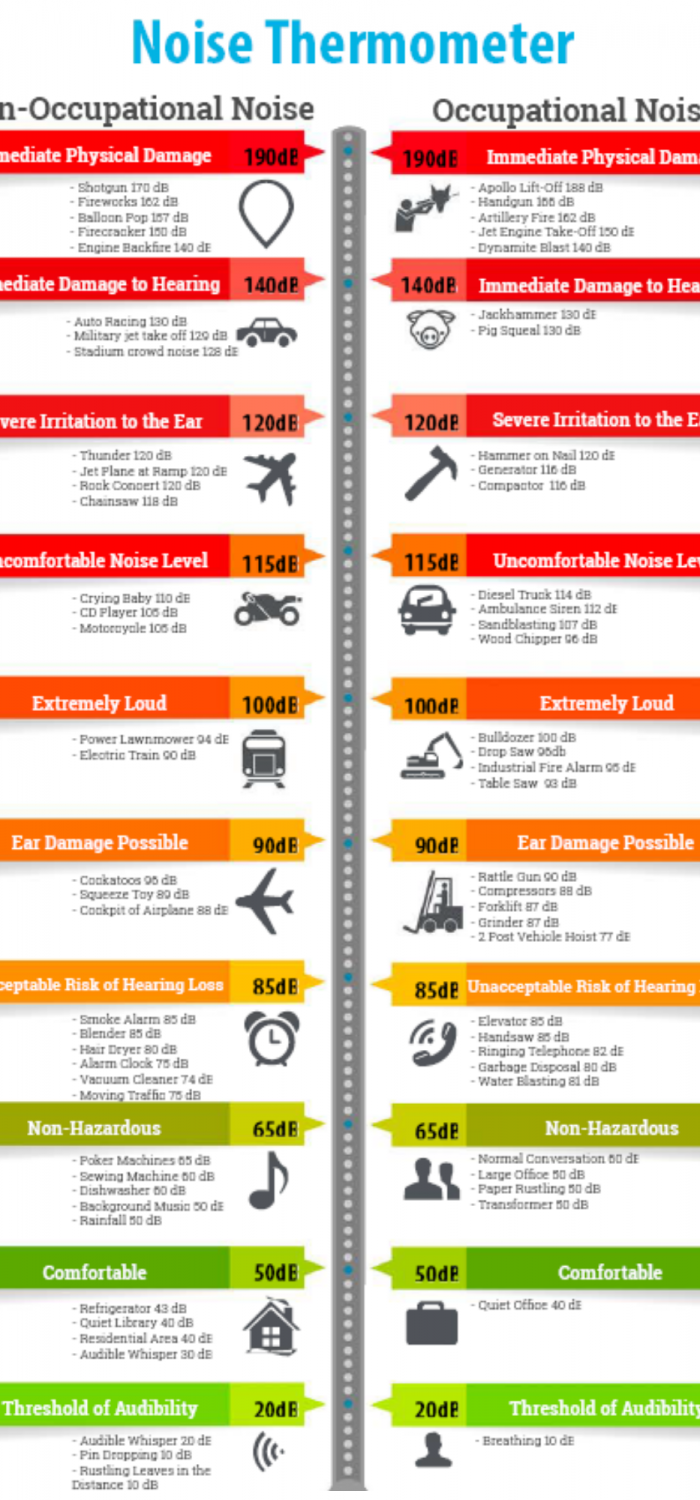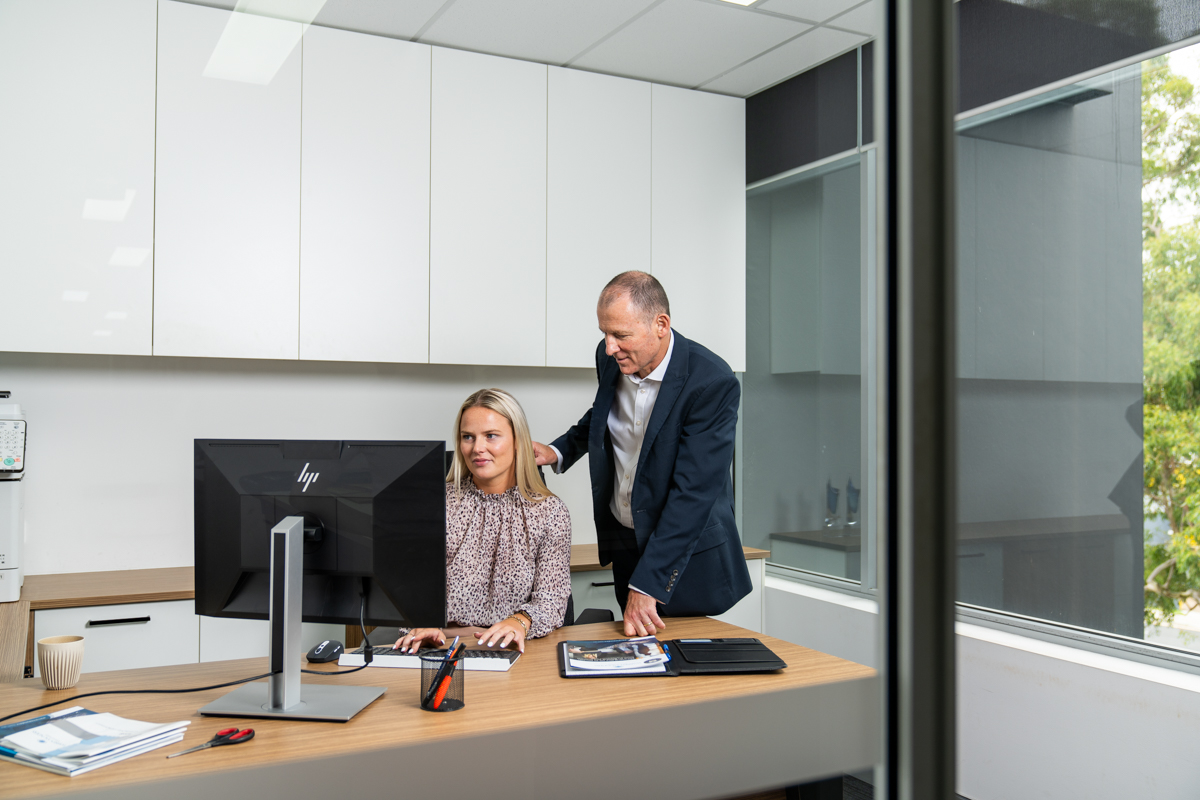NOISE IN THE WORKPLACE
Hearing loss can be very socially isolating. As employers, you are required to address noisy working environments by reviewing the sound levels, worker exposure times and providing hearing checks for those workers exposed to excessive noise levels. The SafeWork Authority has extended an exemption to employers till 31st December 2021 to implement a hearing conservation program, including hearing checks for those workers exposed to excessive noise. This is something we can organise for you through Saunders Safety and Training.
Some examples of workers who might be affected by hearing loss are: workers who are rostered to work at a Disco, dance party, DJ events or other noisy events. Too much noise at work can lead to temporary or permanent hearing loss, or tinnitus – ringing in the ears. The damage can occur gradually, from extended exposure to noise or immediately, from exposure to a sudden explosive sound.
What is considered noisy?
SafeWork NSW states exposure to noise above 85 decibels (dB) when averaged over 8 hours increases the risk of permanent hearing loss. Every 3dB increase after this doubles the risk of hearing loss.
What can you do?
Workers who are exposed to excessive workplace noise require protection under the WHS Act 2011. Make sure the noise a worker is exposed to at the workplace doesn’t exceed the exposure standard for noise. Provide audiometric testing to a worker who is frequently required to use personal hearing protectors to protect them from hearing loss associated with noise that exceeds the exposure standard.
Engineering Controls
Reduce the volume, e.g:
- Install noise limiters or compressors either within the sound system or externally. There are two main types of noise limiters:
- microphone controlled;
- electronic in-circuit devices.
- Enclose or partition off the Bar area with glass or Perspex;
- Mount noisy or vibrating floor standing machinery and equipment on rubber pads to reduce vibration noise;
- Install flexible acoustic screens or curtains of sound absorbent material to reduce the exposure to noise from particular loud sources, e.g.: as a sound partition.
Administrative controls and personal protective equipment (PPE) are the least effective and the least reliable controls and must only be used for any leftover risk that cannot be controlled by the above engineering controls. Administrative controls and the use of PPE rely solely on human behaviour and require constant supervision.
For more information please click on the links below which will direct you to the Safework NSW website or contact us on (02) 9587 3500 to find out how we can help you through the services of Saunders Safety and Training.
SAFE WORK NSW – Noise Article
SAFE WORK NSW – Controlling Hazardous Noise in the Workplace Article


















